I was a weird kid. I loved eating my veggies. During dinner I would chow down on broccoli, which my father dubbed Dinosaur Trees (I had my heart set on becoming a paleontologist), delighted in fresh salads, and shove forkfuls of spinach down my throat. One night my father thought it would be a good idea to reference Popeye when I was eating spinach. He said, “It’s great you’re eating all of your spinach. You’ll get strong like Popeye.” He pulled the hem of his tee shirt sleeve over his arm and flexed his bicep.
I must have been 6 or 7 years old at the time. My mind associated “getting strong like Popeye” with Popeye’s arms. I wasn’t a fan of Popeye’s arms, nor did I want my arms to look like Popeye’s.
I pushed my plate away. “But I don’t want my arms to look like Popeye’s,” I cried. Salty tears fell from my face.
It took me a few months to get over that Popeye comment, as well as my personal embargo on spinach. It’s a good thing I did. Not only is spinach totally delish and filling, it’s packed with tons of nutrients. After eating a can of spinach, Popeye had the strength to deliver a debilitating uppercut to Brutus. Similarly, spinach delivers a power-packed punch of goodness to your body.
I love adding raw spinach to my salads, especially when I add a squeeze of lemon instead of salad dressing. Sautéing spinach and garlic in a little olive oil is one of my favorite ways to cook this leafy green. You can eat it as is, add pierogis or pasta, or pair with your favorite meat or non-meat protein. Every New Year’s Eve, my family would make spanakopita as hor d’oeuvres, – I’d be munching flaky phyllo filled with spinach and feta as I watched the ball dropped in Times Square. And when I host a dinner party, I win over my guests with a vegan spinach lasagna that even Garfield would devour.
Love spinach, too? Celebrate your affinity for spinach on March 26th, National Spinach Day! Take a bite out of these spinach facts. And tag your favorite spinach dishes with #NationalSpinachDay on the 26th!
Nutritional Facts from the USDA
Spinach
Serving size: 1 cup (30 grams)
Calories: 7
Calories from fat: 0
Amount per serving DV%
Total fat: 0g 0%
Cholesterol: 0g 0%
Sodium: 24mg 1%
Protein: 1g
Vitamin A: 60%
Vitamin C: 15%
Total Carbohydrates: 1g 1%
Dietary Fiber: <1g 4%
Sugars: 0g
Potassium: 167g 5%
Calcium: 30mg 3%
Iron: 1mg 5%
Consuming 1 cup of cooked spinach supplies you with 987% daily value of Vitamin K and 39% daily value of magnesium.
No bones about it.
Eating spinach may reduce the risk of fractures, as Vitamin K works with Vitamin D to increase bone density – especially in women. Vitamin K may also help protect bones from mineral loss.
Iron Deficiency Anemia.
If you suffer from iron deficiency anemia, spinach is a great iron-rich food you can add to your diet. It boasts 36% daily value of iron.
Healthy hair. Happy skin.
Eating spinach keeps hair and skin healthy, thanks to high levels of Vitamin A. Spinach also contributes to your Vitamin C intake, which builds and maintains collagen for firm, youthful skin.
Pow! Take that, cancer.
Spinach contains powerful cancer-fighting agents: methylenedioxyflavonod glucuronides. Plus, this delicious green is packed with the antioxidants lutein, zeaxanthin, neoxanthin, and violaxanthin. They’re also anti-inflammatories, which are helpful in cancer prevention.
Heart healthy.
Spinach’s Vitamin K is essential to blood clotting. You know, so you don’t hemorrhage. But it’s also been shown to improve overall heart heath and may reduce the risk of heart disease.
Happy Cells.
Folic acid (Folate, or Vitamin B9) is essential for cellular function and tissue growth. Therefore, it’s important that pregnant women increase their intake of folic acid. One cup of cooked spinach has 66% daily value (for a non-pregnant person) of folic acid.
Don’t stress meow-t.
Oxidative stress is a byproduct of metabolism. It can also accelerate aging. Eating spinach reduces oxidative stress that accelerates aging. Go, spinach!
SOURCES:
Szalay, Jessie. (2015, June 24). Spinach: Health Benefits, Nutrition Facts (& Popeye). Retrieved from Live Science: https://www.livescience.com/51324-spinach-nutrition.html
USDA. (2018, March 12). Seasonal Product Guide: Spinach. Retrieved from USDA United States Department of Agriculture: https://snaped.fns.usda.gov/seasonal-produce-guide/spinach

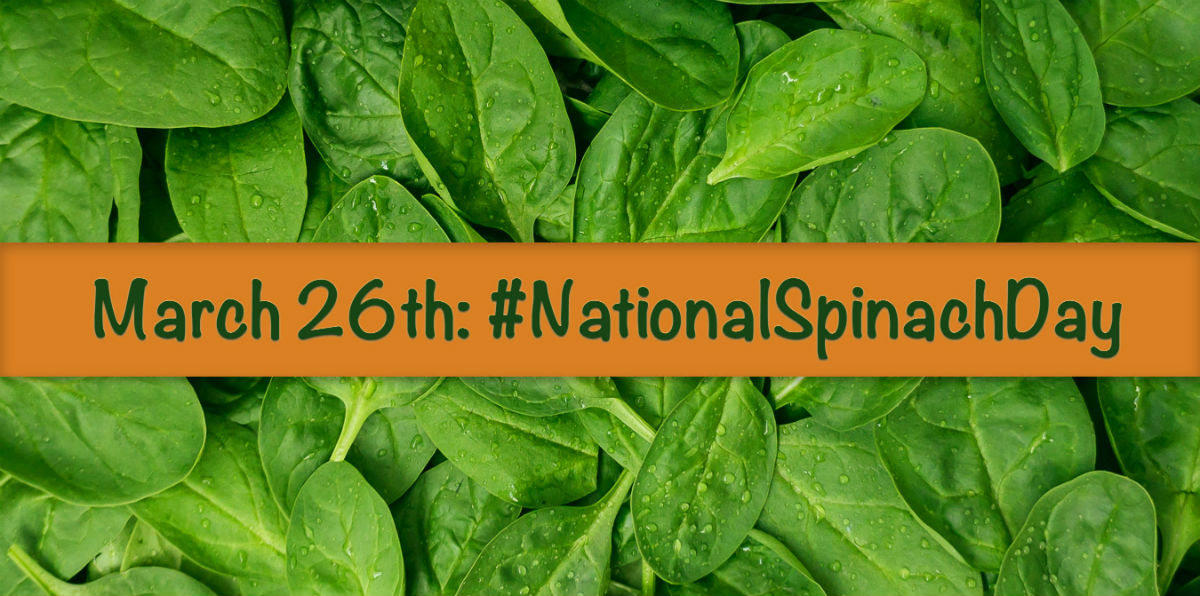
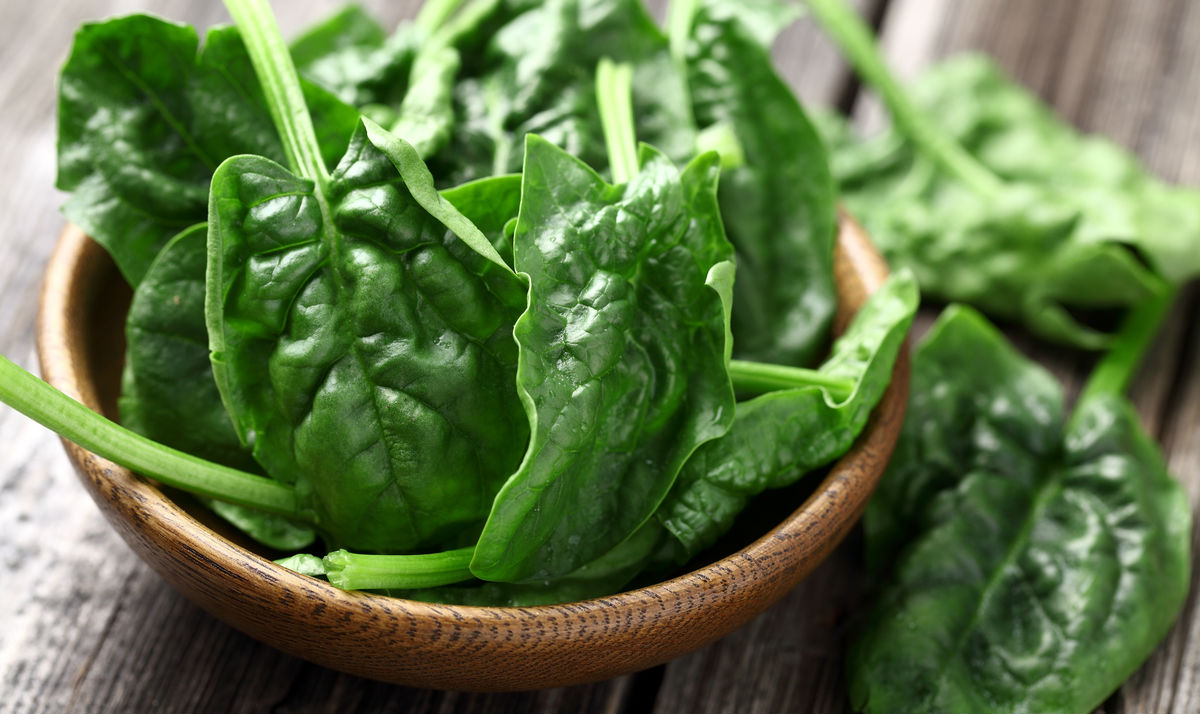
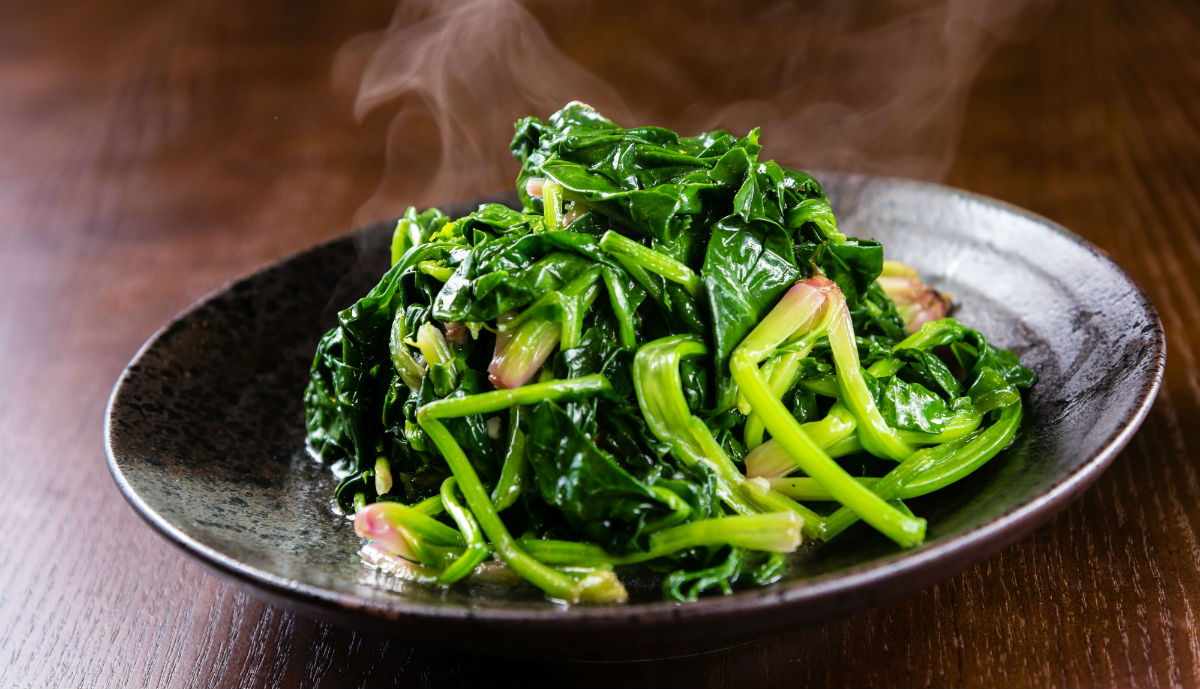
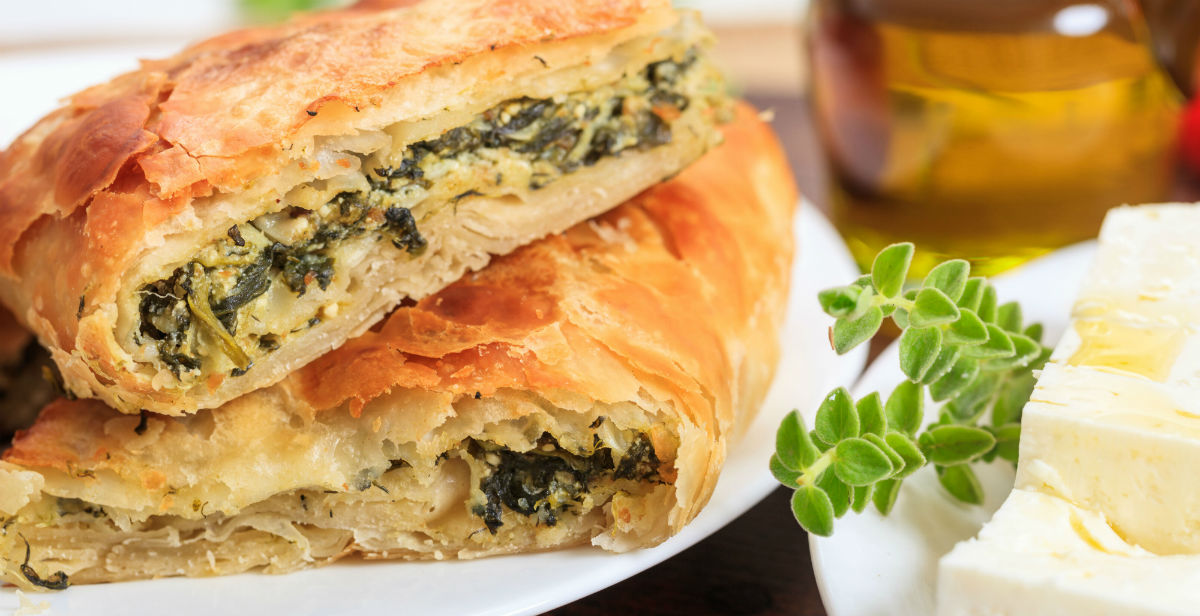
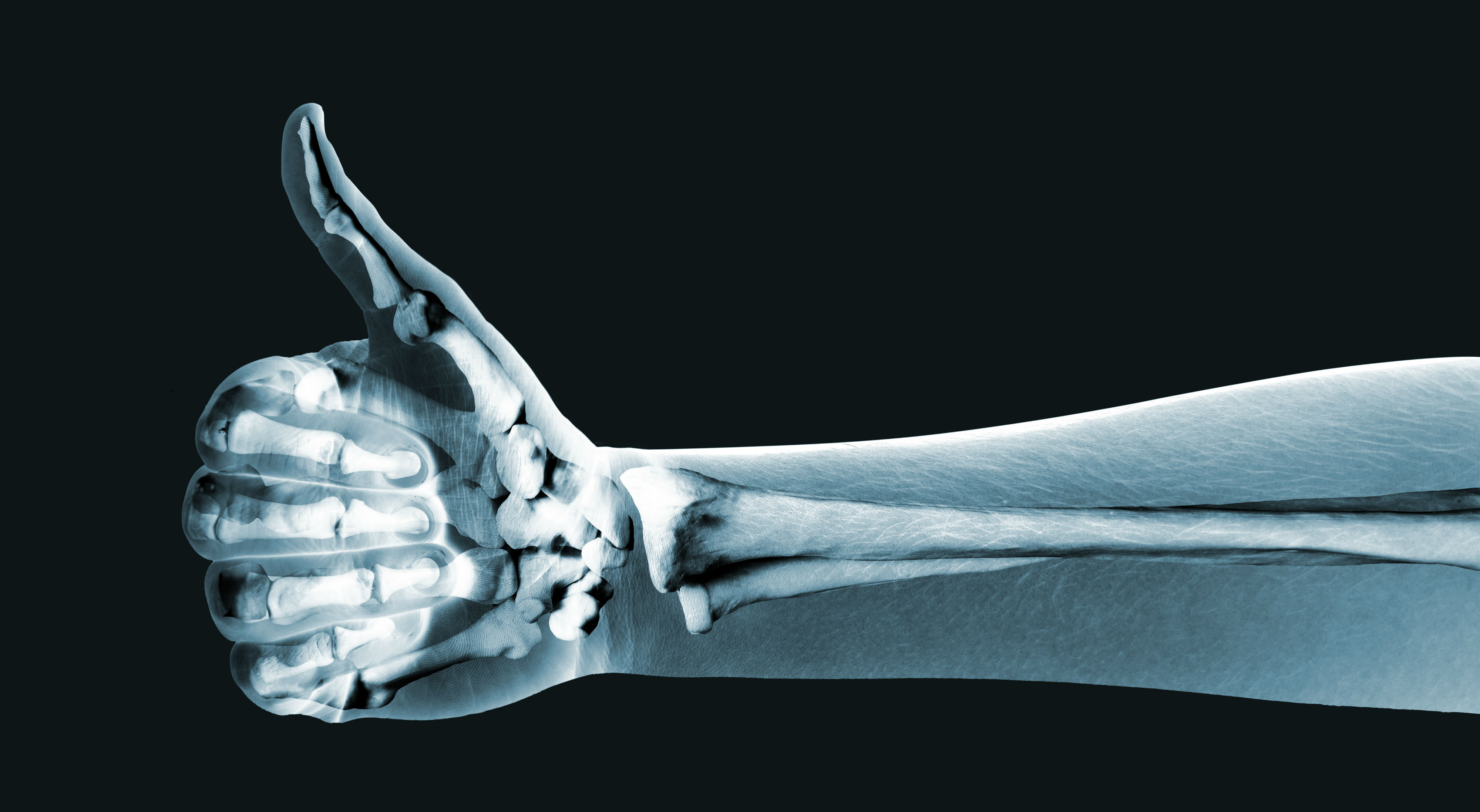

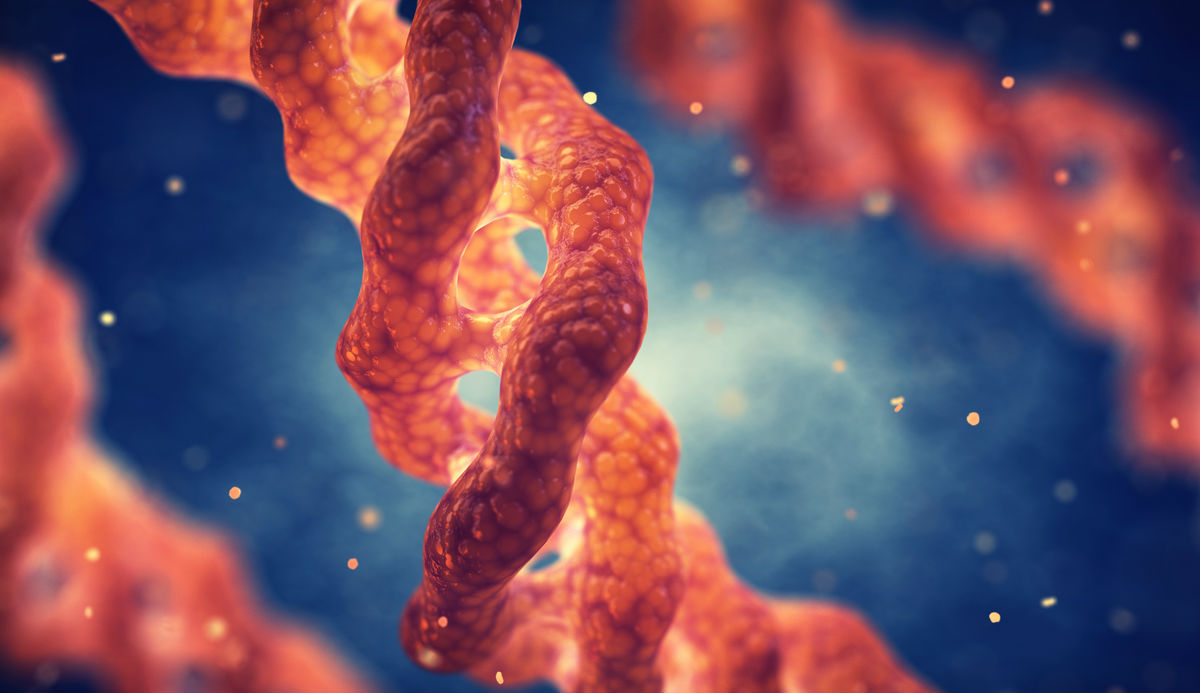


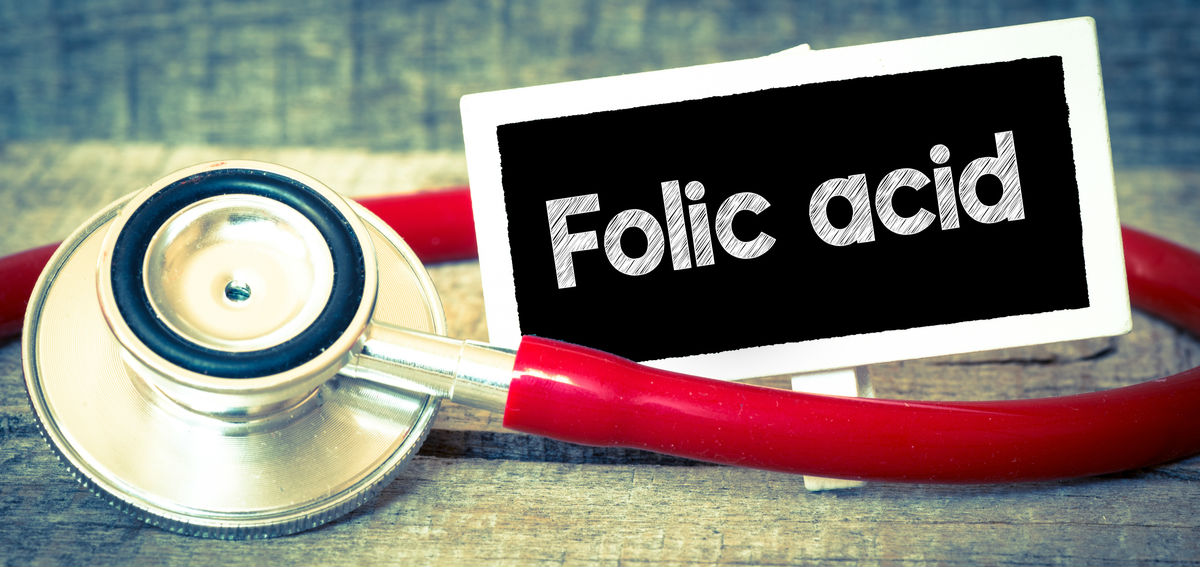
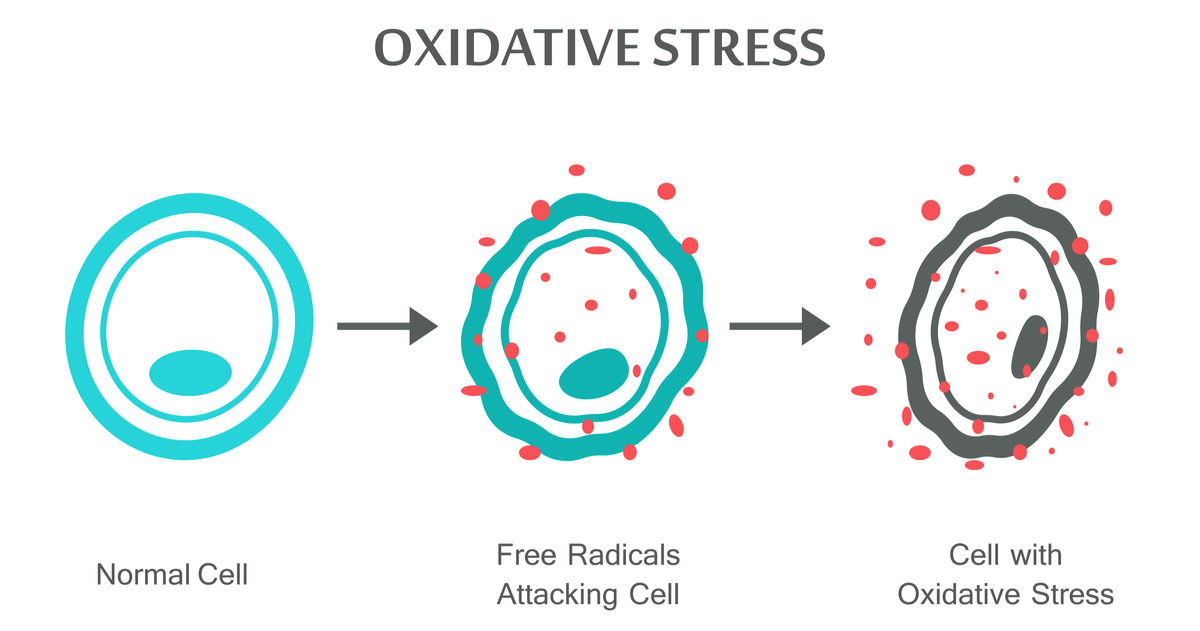







I”m so sensitive to magnesium that even a foot soak with epsom salts gives me diarrhea. A drop of oil on my wrist has the same effect. My only option is to get it from my food. I eat lots of nuts and spinach and hope for the best.